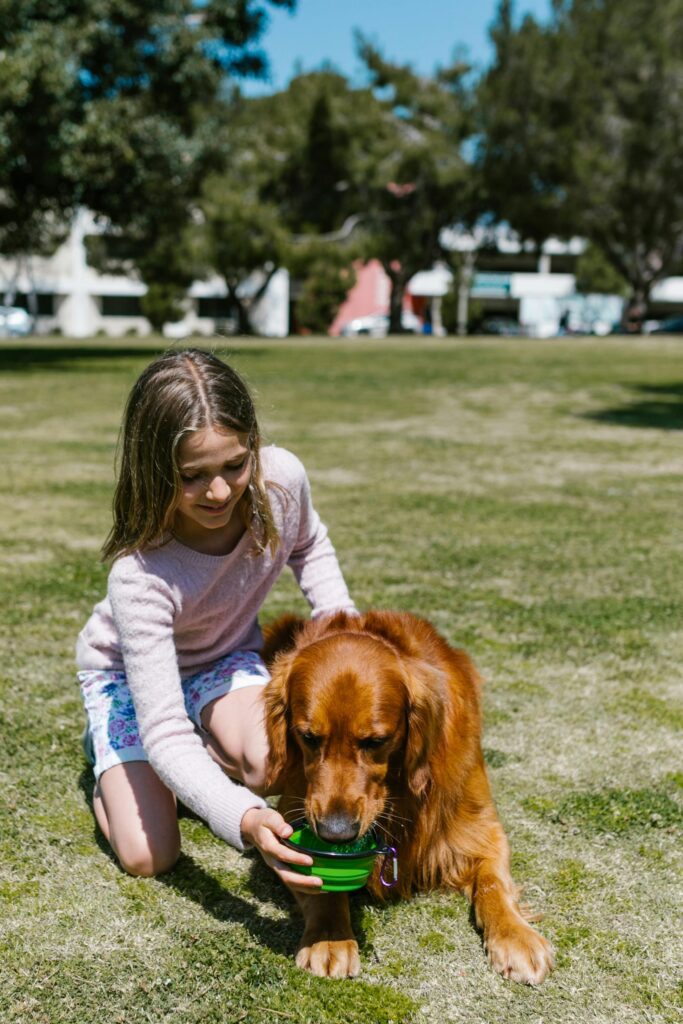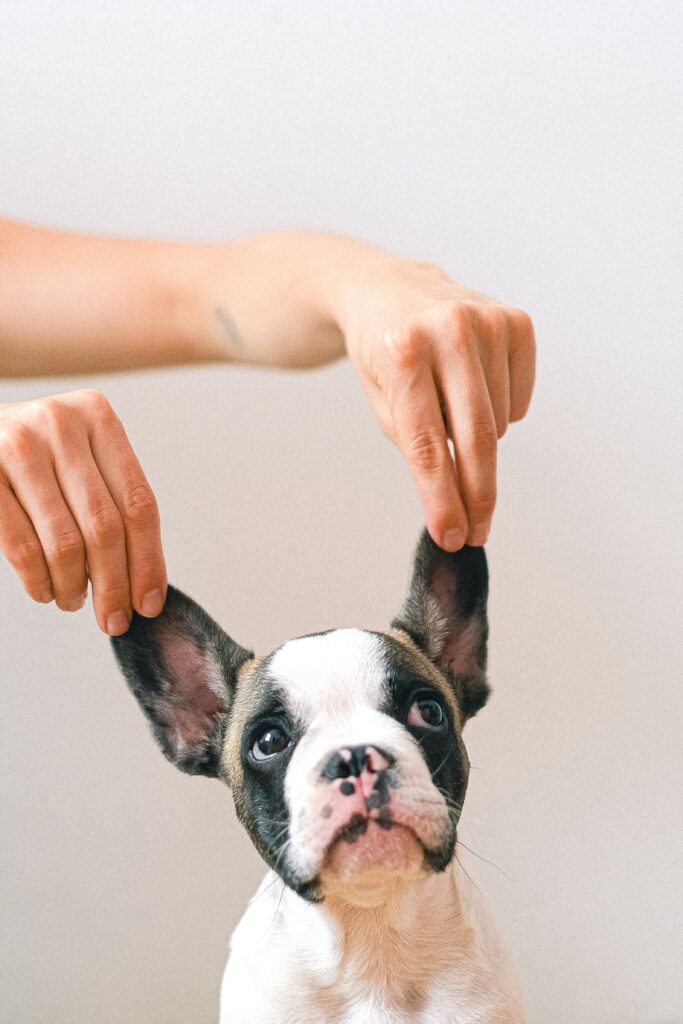Hydration is essential for the overall health and well-being of dogs. Just like humans, dogs need water to survive and thrive. Water plays a crucial role in various bodily functions, including digestion, circulation, temperature regulation, and waste elimination. Without proper hydration, dogs can experience a range of health issues, including dehydration, organ failure, and even death. Therefore, it is important for dog owners to understand the importance of hydration and take steps to ensure their furry friends have access to clean and fresh water at all times.
Understanding the Importance of Hydration for Dogs
Water is essential for dogs because it helps maintain their bodily functions and keeps them healthy. It makes up a significant portion of a dog’s body weight and is involved in almost every physiological process. Water helps with digestion by breaking down food and absorbing nutrients. It also aids in circulation by transporting oxygen and nutrients to cells and removing waste products from the body.
Additionally, water plays a crucial role in regulating body temperature. Dogs do not sweat like humans do, so they rely on panting to cool down. Panting helps evaporate moisture from their lungs and respiratory tract, which helps regulate their body temperature. Without enough water, dogs can easily become overheated and suffer from heatstroke.
Common Causes of Dehydration in Dogs
Dehydration occurs when a dog loses more fluids than it takes in. There are several factors that can contribute to dehydration in dogs. One common cause is inadequate water intake. If a dog does not have access to clean and fresh water or does not drink enough water, it can quickly become dehydrated.
Another cause of dehydration is excessive heat or physical activity. Dogs that are exposed to high temperatures or engage in strenuous exercise without adequate water intake are at risk of dehydration. Additionally, certain medical conditions such as vomiting, diarrhea, kidney disease, and diabetes can also lead to dehydration in dogs.
Physical Signs of Dehydration in Dogs
It is important for dog owners to be able to recognize the physical signs of dehydration in their pets. Some common physical signs include:
1. Dry gums and nose: When a dog is dehydrated, its gums and nose may feel dry to the touch. Normally, a dog’s gums should be moist and pink.
2. Sunken eyes: Dehydration can cause a dog’s eyes to appear sunken or dull. The eyes may also lack moisture and appear dry.
3. Loss of skin elasticity: One way to check for dehydration is by gently pulling up on the skin on the back of a dog’s neck. If the skin does not quickly return to its normal position, it may indicate dehydration.
Behavioral Signs of Dehydration in Dogs
In addition to physical signs, there are also behavioral signs that can indicate a dog is dehydrated. These signs may include:
1. Lethargy: Dehydrated dogs may appear tired or sluggish. They may have a lack of energy and be less interested in their usual activities.
2. Increased panting: Panting is a normal way for dogs to cool down, but excessive panting can be a sign of dehydration. If a dog is panting heavily and does not seem to be able to cool down, it may be dehydrated.
3. Decreased appetite: Dehydration can cause a loss of appetite in dogs. If a dog is not interested in eating or has a decreased appetite, it may be a sign that it is dehydrated.
How to Check Your Dog’s Hydration Levels
There are a few simple tests that dog owners can perform at home to check their pet’s hydration levels. One test is the skin elasticity test. To perform this test, gently pinch the skin on the back of your dog’s neck and then release it. If the skin quickly returns to its normal position, your dog is likely well-hydrated. However, if the skin takes longer to return to its normal position or remains tented, it may indicate dehydration.
Another test is the capillary refill test. To perform this test, press your finger against your dog’s gums and then release it. The gums should quickly return to their normal pink color. If the gums take longer to return to their normal color or remain pale, it may indicate dehydration.
Preventing Dehydration in Dogs
Preventing dehydration in dogs is crucial for their health and well-being. Here are some tips for ensuring your dog stays hydrated:
1. Provide access to clean and fresh water at all times: Make sure your dog always has access to clean and fresh water. Change the water regularly to ensure it stays clean and free from contaminants.
2. Offer water during and after exercise: If your dog is engaging in physical activity or spending time outdoors in hot weather, make sure to offer water regularly. Dogs can quickly become dehydrated during exercise, so it is important to provide them with opportunities to drink.
3. Monitor water intake: Keep an eye on how much water your dog is drinking. If you notice a significant decrease in water intake, it may be a sign of an underlying health issue or dehydration.
Treating Dehydration in Dogs
If you suspect that your dog is dehydrated, it is important to take steps to treat the condition. Mild cases of dehydration can often be treated at home by offering small amounts of water frequently. However, if your dog is severely dehydrated or shows signs of distress, it is important to seek veterinary care immediately.
In some cases, intravenous fluids may be necessary to rehydrate a dehydrated dog. A veterinarian will be able to assess the severity of the dehydration and determine the best course of treatment.
Importance of Water Intake for Dogs
Water intake is important for dogs because it helps maintain their overall health and well-being. Proper hydration is essential for various bodily functions, including digestion, circulation, temperature regulation, and waste elimination. Without enough water, dogs can experience a range of health issues, including dehydration, organ failure, and even death.
Proper hydration also helps keep a dog’s skin and coat healthy. Water helps moisturize the skin and prevent dryness and flakiness. It also helps keep the coat shiny and lustrous. Additionally, water is important for maintaining healthy joints and preventing urinary tract infections.
How to Encourage Your Dog to Drink More Water
If your dog is not drinking enough water, there are several things you can do to encourage it to drink more:
1. Provide fresh and clean water: Make sure the water you offer your dog is fresh and clean. Dogs are more likely to drink water that tastes good and does not have any unpleasant odors.
2. Use a clean water bowl: Regularly clean your dog’s water bowl to remove any bacteria or debris that may deter it from drinking.
3. Add flavor to the water: Some dogs may be more inclined to drink water if it has a little flavor. You can try adding a small amount of low-sodium chicken broth or bone broth to the water to make it more appealing.
When to Seek Veterinary Care for Dehydrated Dogs
In some cases, dehydration can be a sign of an underlying health issue or a more serious condition. It is important to seek veterinary care if you notice any signs of dehydration in your dog or if your dog’s condition does not improve with at-home treatment.
Additionally, if your dog is severely dehydrated or shows signs of distress, such as vomiting, diarrhea, or lethargy, it is important to seek immediate veterinary care. Dehydration can quickly become a life-threatening condition if left untreated.
Hydration is crucial for the health and well-being of dogs. Water plays a vital role in various bodily functions and helps maintain overall health. It is important for dog owners to understand the signs of dehydration and take steps to prevent and treat it. By providing access to clean and fresh water, monitoring water intake, and seeking veterinary care when necessary, dog owners can ensure their furry friends stay hydrated and healthy.
If you’re interested in training your dog to perform tricks and strengthen your bond, you might want to check out the article “101 Dog Tricks: Step-by-Step Activities to Engage, Challenge, and Bond with Your Dog.” This comprehensive guide provides detailed instructions on teaching your furry friend a wide range of tricks. From basic commands to more advanced maneuvers, this book offers step-by-step guidance to help you and your dog have fun while learning together. Read more



